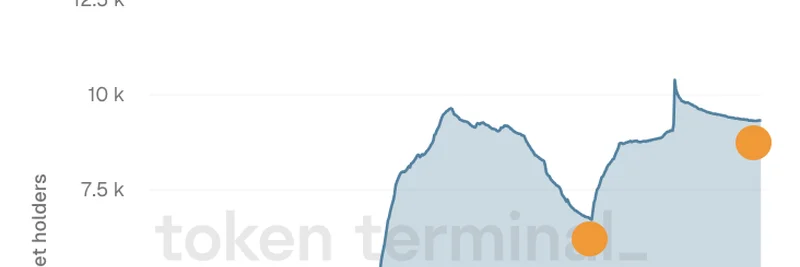Hey there, crypto enthusiasts and blockchain curious folks! If you’ve ever wondered how a programming language like Solidity became the go-to choice for smart contracts on Ethereum, you’re in for a treat. A recent tweet by Hari (@_hrkrshnn), a former Solidity insider, spills the beans on some surprising insights. As someone who’s been deep in the blockchain world (think former CoinDesk editor-in-chief vibes), I’m excited to break this down for you, especially with a nod to the meme token and blockchain tech scene we cover at meme-insider.com.
The Unexpected Rise of Solidity
Solidity, which just celebrated its 10th anniversary (check out the cool anniversary thread from Solidity’s official account), holds about 90% of the smart contract market share. That’s practically a monopoly! But here’s the kicker: it’s not built on fancy languages like Rust or Haskell, which many experts swear by. Instead, it’s modeled after JavaScript—a choice that left some scratching their heads. So, how did it win?
Hari’s tweet reveals a key lesson: success doesn’t always come from catering to the loudest experts. Solidity’s design decisions—like keeping “modifiers” (a handy feature for adding logic to functions) despite expert pushback—came straight from listening to real users. A developer survey showed modifiers were the top-loved feature, proving that user needs trump academic debates.
Learning from the Trenches
Another eye-opener? Solidity’s version 0.8.0 update made arithmetic overflows revert automatically. Experts cried foul, but developers at conferences couldn’t stop thanking the team. This taught Hari a crucial lesson: the more opinionated the experts, the further they might be from what users actually want. It’s a reminder that building for the “trenches”—where real people code and deploy—beats chasing theoretical perfection.
Opening Doors for New Developers
Here’s where it gets juicy for the meme token crowd. Solidity didn’t just attract seasoned devs; it welcomed newcomers like Hayden Adams, who built Uniswap (yes, that Uniswap that sometimes outpaces Nasdaq in trading volume!) using only MATLAB and JavaScript skills. Imagine that—someone with no traditional dev background creating a crypto giant! This shows Solidity’s “accidental genius” in growing a new developer ecosystem, something meme token projects could learn from.
Hari points out that many in the crypto space, including those building meme tokens, face skepticism from traditional (Web2) developers. But by cultivating talent from within—like Solidity did—projects can thrive. Think of it as growing your own meme coin army rather than begging Twitch streamers to jump on board (a strategy that often flops).
Lessons for Blockchain Builders
So, what can we take away? If you’re tinkering with a blockchain platform or a meme token project, here are some golden nuggets:
- Listen to Your Users: Surveys and feedback beat expert opinions every time. Want to know what meme token holders love? Ask them!
- Simplify Access: Make your tech approachable for non-traditional devs. A meme token with a beginner-friendly interface could spark a community boom.
- Grow Organically: Build your talent pool from within the crypto space. It’s like planting meme coin seeds in fertile ground—patience pays off.
Hari’s advice to join a winning team resonates here too. If you’re young and eager to learn, hopping onto a project like Solidity or a rising meme token initiative can teach you more about winning than any outsider guesswork.
Looking Ahead
As Solidity gears up for future updates (like the leaner core language teased in its 2025 plans), its story is a blueprint for blockchain innovation. At meme-insider.com, we’re all about tracking these trends to help you stay ahead. Whether you’re coding smart contracts or launching the next Dogecoin rival, let Solidity’s journey inspire you to build with users in mind.
What do you think—could a meme token project use these lessons to dominate its niche? Drop your thoughts below, and let’s chat about it!




